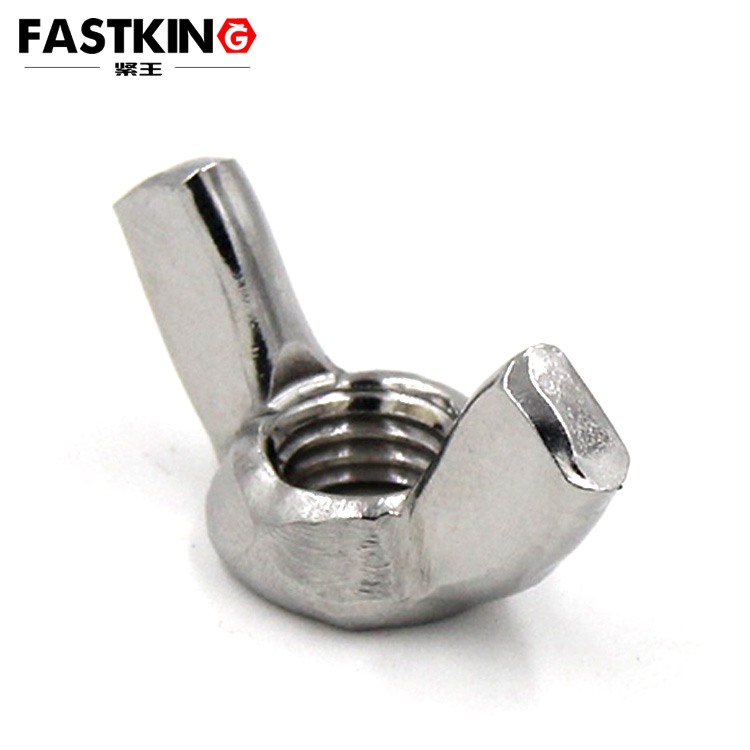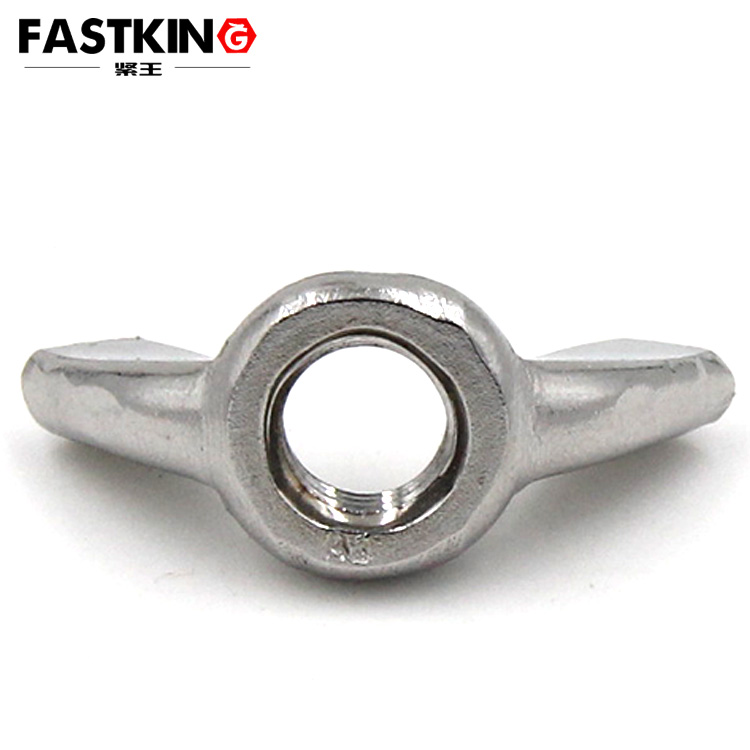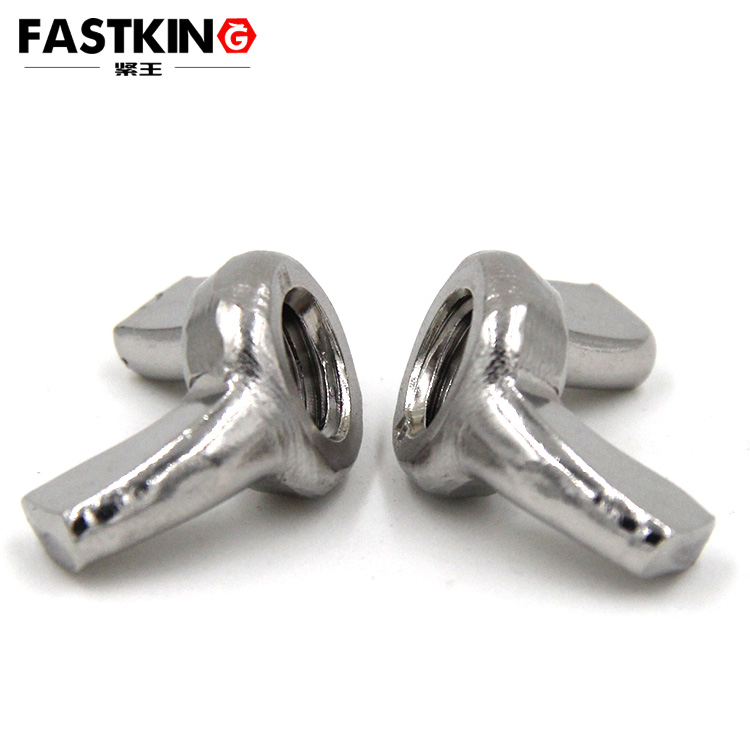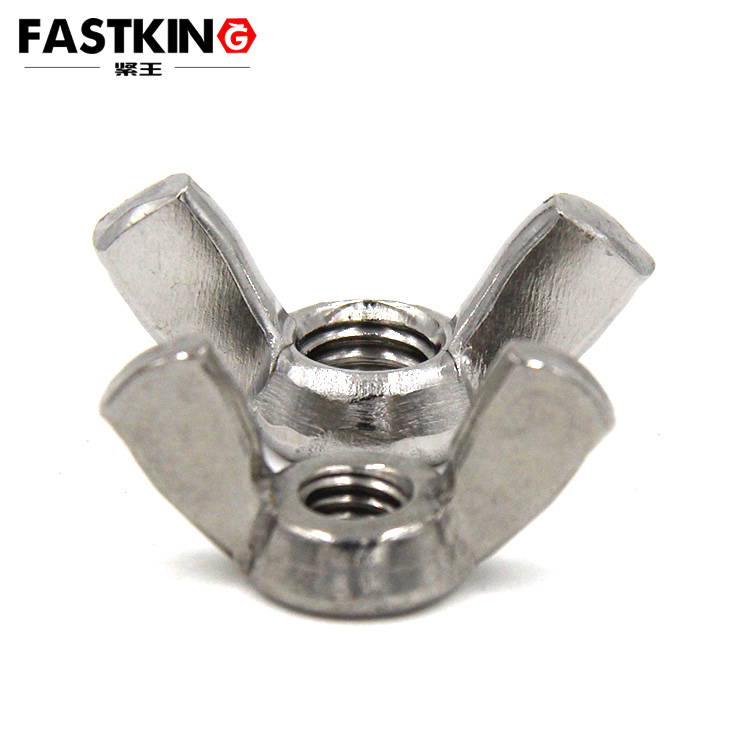Introduction
Butterfly nuts are unique manual fasteners that are widely used in machinery, furniture assembly, stage equipment, and other fields due to their distinctive wing-like design and tool-free operation. These nuts are designed for quick installation and removal, making them particularly suitable for applications that require frequent adjustments.

Core Advantages of Butterfly Nuts
Butterfly nuts are made from high-quality carbon steel, stainless steel, or nylon, and undergo precision machining and surface treatment to achieve excellent mechanical properties and corrosion resistance. With a hardness of HRB70-100, they offer sufficient strength and appropriate toughness. The unique wing-like design provides a comfortable gripping surface, making manual operation easy and convenient.
In terms of mechanical performance, butterfly nuts support a maximum strength grade of 5, meeting the requirements for most manual fastening applications. Their broad contact surface effectively distributes the fastening pressure, preventing surface damage to the fastened parts. Butterfly nuts made from nylon also offer excellent insulation and anti-loosening characteristics.
These nuts feature standard thread specifications and can be operated without tools, making installation simple. The unique wing-like shape is not only aesthetically pleasing but also practical, enhancing usability. Standardized thread specifications and dimensions ensure good interchangeability and compatibility.

Proper Use of Butterfly Nuts
When installing butterfly nuts, ensure that the threads are clean and undamaged. Hold the wings with your hands and rotate clockwise to tighten or counterclockwise to loosen. Apply appropriate pressure during tightening to ensure full contact between the nut and the surface of the fastened part. For applications requiring anti-loosening, consider using nylon-insert butterfly nuts.
For routine maintenance, regularly inspect the nut's fastening status and retighten if necessary. Check the threads and wings for any damage, and replace the nut promptly if any issues are found. When storing, keep the nuts in a dry, ventilated area, avoiding direct sunlight and chemical corrosion.
Common issues include broken wings and stripped threads. These can be identified by visual inspection and checking the fastening status. Damaged nuts should be replaced promptly to avoid compromising equipment use.
Typical Applications of Butterfly Nuts

In the field of machinery, butterfly nuts are widely used for quick fastening of equipment housings, protective covers, and inspection doors, significantly improving maintenance efficiency. In furniture assembly, they are commonly used for connecting disassemblable furniture, display racks, and partitions, meeting the demands for frequent assembly and disassembly.
In stage equipment systems, butterfly nuts are used for quick installation of lighting supports, sound equipment, and scenery devices. Their tool-free feature is highly appreciated by on-site staff. In the outdoor equipment sector, they are applied in the fastening of tents, sunshades, and temporary fences, providing convenience for outdoor activities.

Conclusion
Butterfly nuts have become a benchmark in the manual fastening field due to their outstanding performance and broad applicability. As the demand for quick assembly and disassembly continues to grow, butterfly nuts will continue to play a crucial role in emerging fields such as exhibition setups and emergency equipment, providing a solid guarantee for convenient operation.
